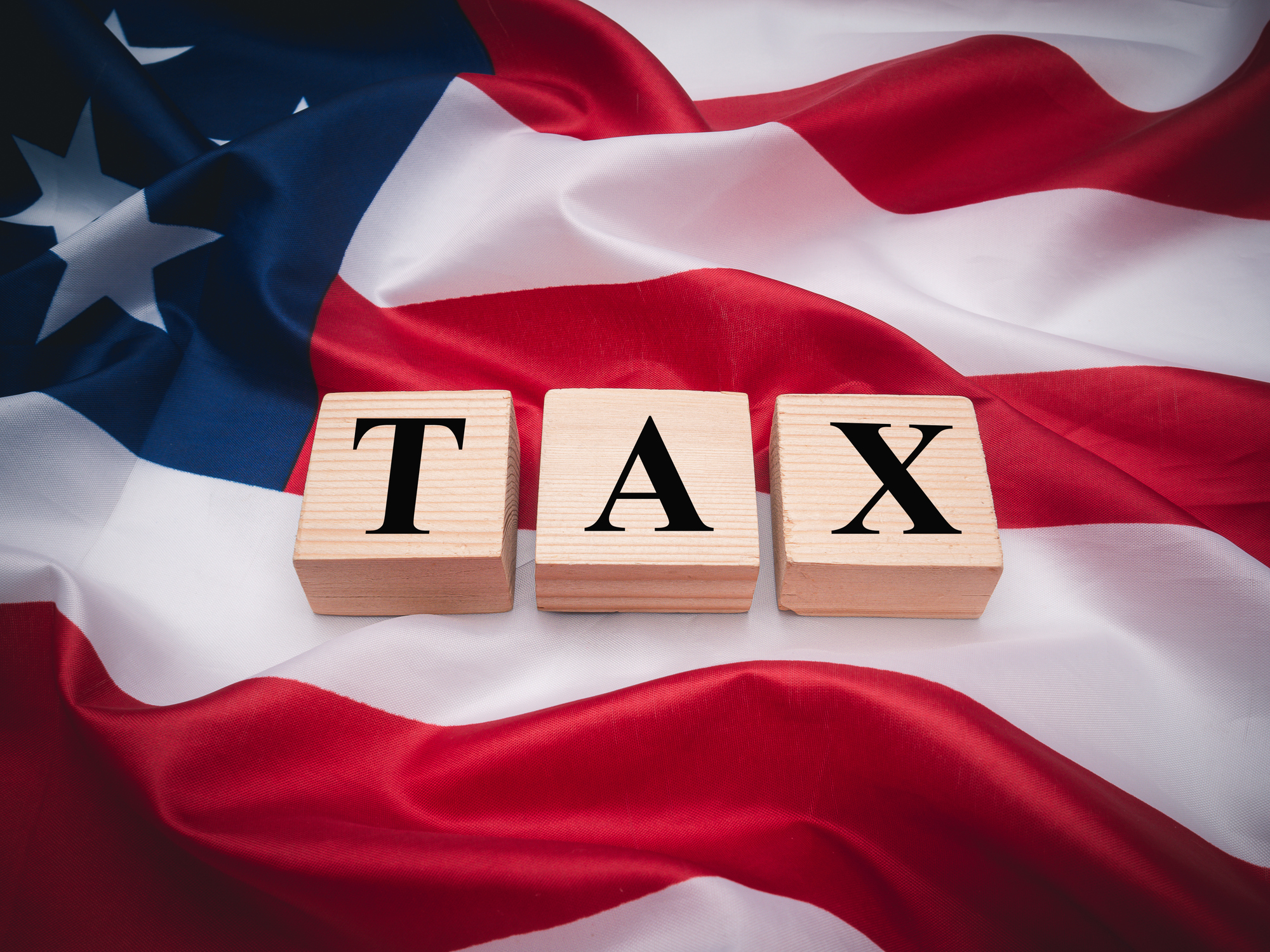The Net Investment Income Tax is Broader Than You Think: The Tax Letter
The 3.8% net investment income tax, which is added to the regular income tax, covers more than you might think.


Getting the right tax advice and tips is vital in the complex tax world we live in. The Kiplinger Tax Letter helps you stay right on the money with the latest news and forecasts, with insight from our highly experienced team (Get a free issue of The Kiplinger Tax Letter or subscribe). You can only get the full array of advice by subscribing to the Tax Letter, but we will regularly feature snippets from it online, and here is one of those samples…
The 3.8% net investment income (NII) tax is broader than most taxpayers think. It applies to single filers with modified adjusted gross incomes over $200,000, joint filers with modified adjusted gross incomes (AGIs) over $250,000, and married people filing separately with modified AGIs above $125,000. There are many definitions of modified AGI under federal tax laws, but for this purpose, modified AGI is defined as AGI plus tax-free foreign-earned income. The NII tax, which is added to the regular income tax, is due on the smaller of NII, or the excess of modified AGI over the income thresholds.
NII includes what is commonly thought of as investment income: Dividends, capital gains, taxable interest, annuities, royalties and passive rental income.

Sign up for Kiplinger’s Free E-Newsletters
Profit and prosper with the best of expert advice on investing, taxes, retirement, personal finance and more - straight to your e-mail.
Profit and prosper with the best of expert advice - straight to your e-mail.
Trade or business income derived through a passive activity is also NII, provided that the business income isn’t otherwise subject to self-employment tax. The test for determining a passive activity is material participation. For this purpose, a trade or business qualifies as a passive activity if the taxpayer doesn’t materially participate in the activity. In other words, trade or business income from an activity can be NII and subject to the 3.8% surtax for those taxpayers who don’t materially participate in the activity. Conversely, trade or business income from an activity in which one materially participates does not constitute NII. This rule applies to income from activities engaged in directly by individuals and to pass-through income from LLCs, limited partnerships and S corporations.
The passive activity regulations provide seven tests to show material participation.
A recent federal court case addressed the NII tax in the context of trade or business income. According to the United States District Court for the Western District of Wisconsin, a businessman with his hands in many ventures may have to pay the NII tax on his share of business profits from three companies if he can’t otherwise convince the court that he materially participated in the firms’ activities. The court is requiring him to submit proof that he devoted sufficient hours to each of the businesses to satisfy the significant participation test of the passive activity regulations (Senty, D.C. Wis. [pdf]).
This first appeared in The Kiplinger Tax Letter. It helps you navigate the complex world of tax by keeping you up-to-date on new and pending changes in tax laws, providing tips to lower your business and personal taxes, and forecasting what the White House and Congress might do with taxes. Get a free issue of The Kiplinger Tax Letter or subscribe.
Related stories
Get Kiplinger Today newsletter — free
Profit and prosper with the best of Kiplinger's advice on investing, taxes, retirement, personal finance and much more. Delivered daily. Enter your email in the box and click Sign Me Up.

Joy is an experienced CPA and tax attorney with an L.L.M. in Taxation from New York University School of Law. After many years working for big law and accounting firms, Joy saw the light and now puts her education, legal experience and in-depth knowledge of federal tax law to use writing for Kiplinger. She writes and edits The Kiplinger Tax Letter and contributes federal tax and retirement stories to kiplinger.com and Kiplinger’s Retirement Report. Her articles have been picked up by the Washington Post and other media outlets. Joy has also appeared as a tax expert in newspapers, on television and on radio discussing federal tax developments.
-
 Stock Market Today: Stocks Gain on Tech, Auto Tariff Talk
Stock Market Today: Stocks Gain on Tech, Auto Tariff TalkThe Trump administration said late Friday that it will temporarily halt tariffs on some Chinese tech imports.
By Karee Venema
-
 Sam's Club Plans Aggressive Expansion: Discover Its New Locations
Sam's Club Plans Aggressive Expansion: Discover Its New LocationsSam's Club expansion plans will open up to 15 new stores each year. Learn where they plan to open in 2025.
By Sean Jackson
-
 Expiring Business Tax Breaks And Trump's Tax Plan
Expiring Business Tax Breaks And Trump's Tax PlanThe Tax Letter Four important business tax breaks are likely to be a part of President Trump's tax plan. We'll break them down for you.
By Joy Taylor
-
 AMT and Pass-Throughs Add Complex Layers to 2025 SALT Tax Planning
AMT and Pass-Throughs Add Complex Layers to 2025 SALT Tax PlanningThe Tax Letter The state and local tax (SALT) deduction is a key sticking point in President Trump's tax plan.
By Joy Taylor
-
 Popular Tax Breaks Are in Danger
Popular Tax Breaks Are in DangerThe Tax Letter A number of tax breaks, including the home mortgage interest deduction, are in peril as lawmakers hunt for revenues to pay for the President's tax plan.
By Joy Taylor
-
 Six Hurdles for Trump's Tax Bill
Six Hurdles for Trump's Tax BillThe Tax Letter While the odds for a new tax bill in 2025 are quite good, there are some sticking points that President Trump and Congress will have to work through.
By Joy Taylor
-
 The IRS is Pursuing Partnerships and Their Owners
The IRS is Pursuing Partnerships and Their OwnersThe Tax Letter The IRS has many enforcement priorities, and partnership tax noncompliance is near the top of that list.
By Joy Taylor
-
 Universal Savings Accounts Are Like Roth IRAs, But With a Twist
Universal Savings Accounts Are Like Roth IRAs, But With a TwistThe Tax Letter Republican lawmakers and conservative think tanks are proposing a new type of tax-advantaged savings account. Think Roth IRAs, but not just for retirement.
By Joy Taylor
-
 Could Millions of Taxpayers Be Facing the AMT (Alternative Minimum Tax) in 2025?
Could Millions of Taxpayers Be Facing the AMT (Alternative Minimum Tax) in 2025?Tax Letter Millions of taxpayers could owe the AMT if Congress allows the tax breaks de-fanged in the 2017 Tax Cuts and Jobs Act to expire.
By Joy Taylor
-
 Tax Changes are on Trump's 2025 To-Do List
Tax Changes are on Trump's 2025 To-Do ListThe Tax Letter Donald Trump campaigned on lower taxes and, as president, he will push Congress to pass big tax changes next year
By Joy Taylor